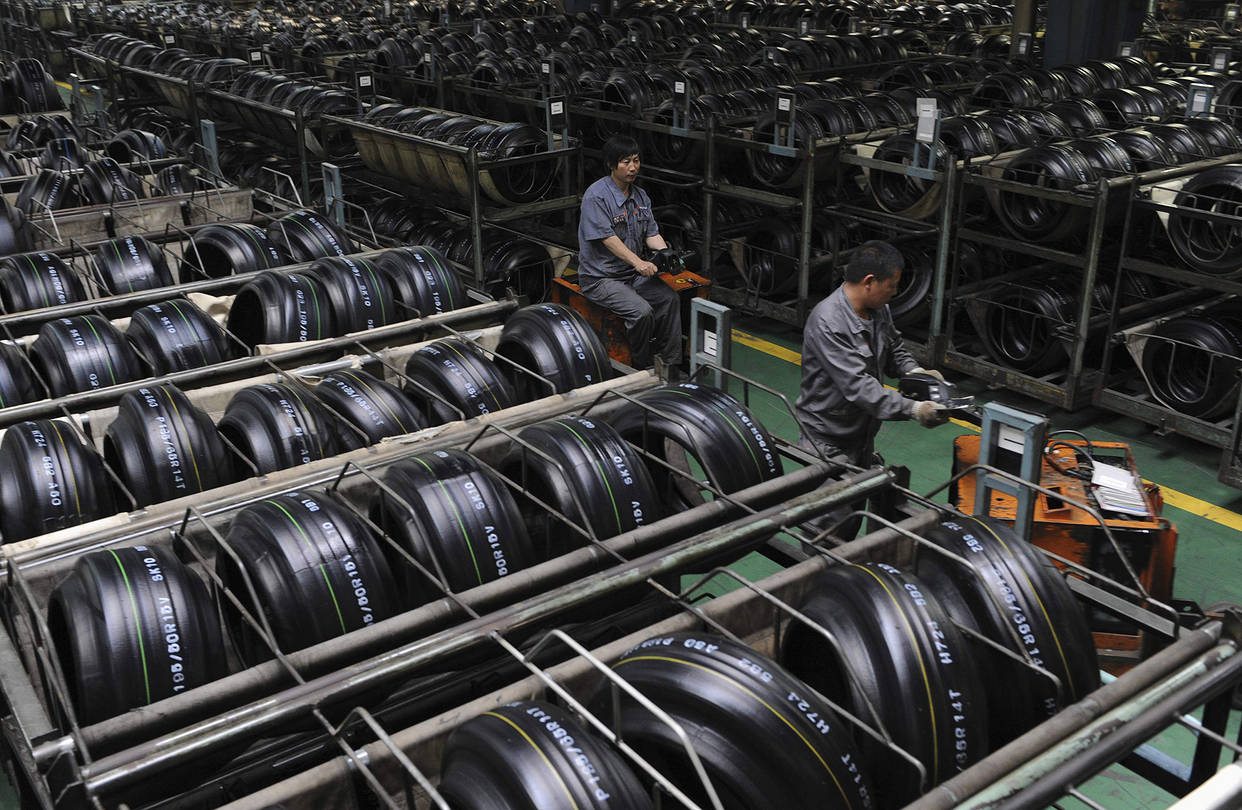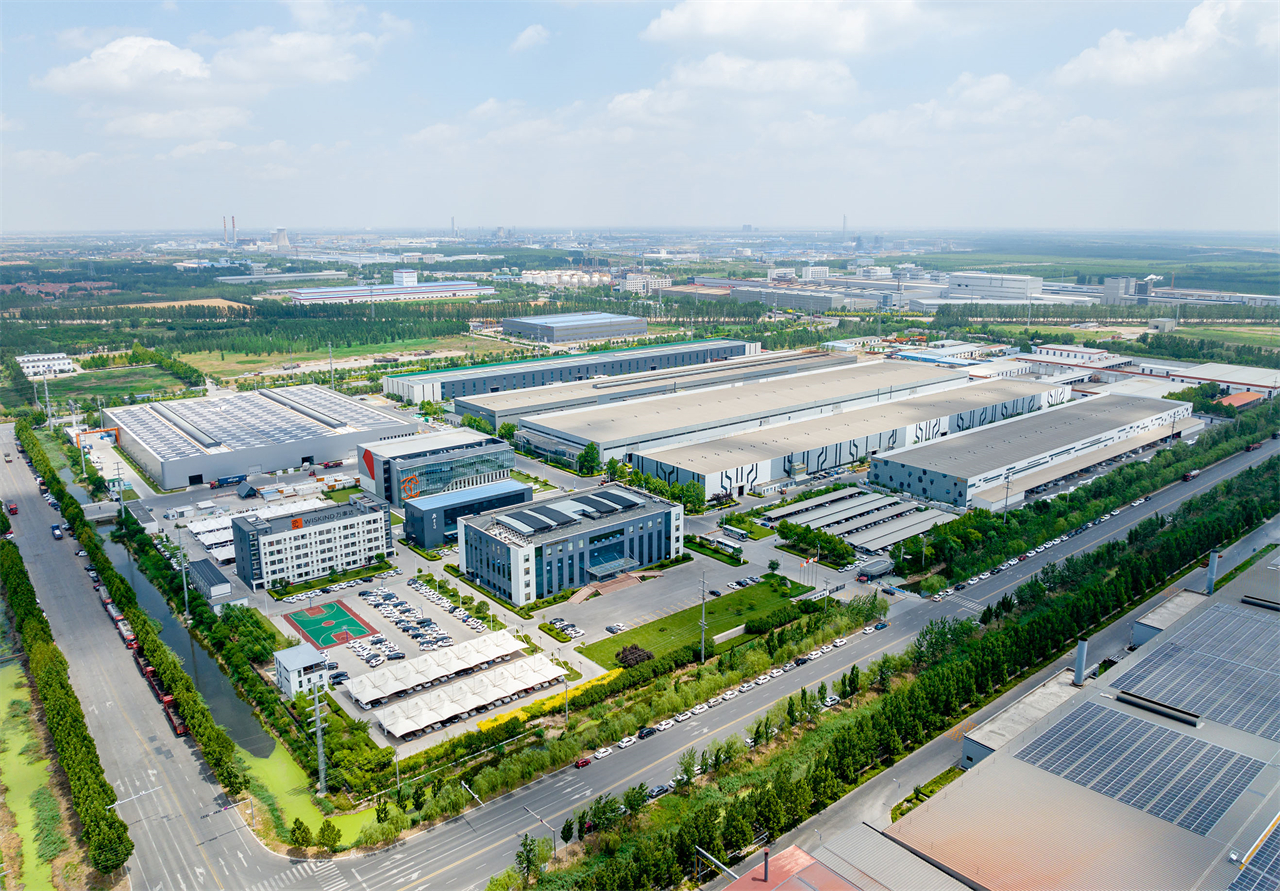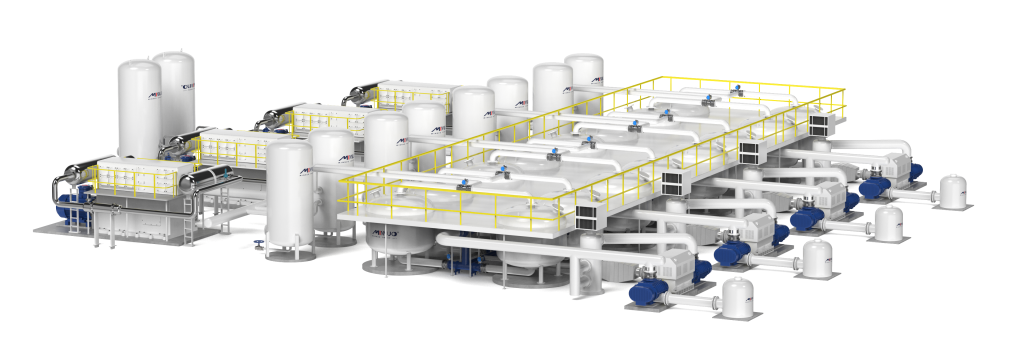Introduction: The Dual Challenge of Modern Industry
Today’s manufacturers face a dual mandate: reduce operational costs while simultaneously meeting ambitious sustainability goals. As you scrutinize your ESG reports and soaring energy bills, many forward-thinking plants are asking one critical question: “how to reduce carbon footprint in manufacturing” without compromising profitability?
The answer often lies in a high-potential area that goes overlooked: your oxygen supply. Traditional methods are not only costly but carry a significant, hidden carbon footprint. This leads many to rightly wonder: “is on-site oxygen generation cost-effective” enough to justify the switch?
The resounding answer is yes. The key to unlocking these gains lies in the efficiency of the system’s core component—the air compressor. Modern oxygen systems are engineered to be the workhorses of the green factory, turning a critical utility into a powerful lever for both carbon reduction and bottom-line growth.

The Hidden Environmental Cost of Traditional Oxygen Supply
To understand the solution, we must first diagnose the problem. Conventional oxygen sources are sustainability liabilities.
1. The Liquid Oxygen (LOX) Lifecycle: A Carbon-Heavy Chain
Every truck-delivered dewars of LOX comes with a massive embedded carbon cost:
- Production & Transportation: Large-scale LOX production and long-haul diesel trucking contribute significantly to your Scope 3 emissions.
- Evaporation Loss: Boil-off gas during storage and transport represents wasted energy and emissions.
2. The Inefficiency of Systems with Outdated Compressors
Older oxygen generators often use fixed-speed compressors. These compressors must constantly cycle between full power and an “unloaded” state where they can still consume ~30% of full-load power while producing zero air. This is a tremendous waste of electricity, your largest operational cost and primary source of Scope 2 emissions.
The Solution at a Glance: A Data-Driven Comparison
The following table summarizes the compelling case for upgrading your oxygen supply, directly addressing questions of cost and effectiveness.
| Feature | Liquid Oxygen Delivery | System with Fixed-Speed Compressor | System with VSD Compressor |
| Energy Cost | High (Includes production & transport) | Medium-High (Inefficient at partial load) | Low (Saves 20-40%) |
| Carbon Footprint | High (Scope 3 from transport + production) | Medium (High power consumption) | Low (No transport + high efficiency) |
| Reliability | Dependent on logistics & supply chain | Single point of failure | High (N+1 Redundancy possible) |
| ROI Period | N/A (Ongoing expense) | N/A (Ongoing high op-ex) | 18-36 Months |
The Green Blueprint: Three Pathways to Sustainable Oxygen
Modern on-site oxygen generators tackle emissions and waste head-on through three powerful mechanisms.
Pathway 1: The Energy Efficiency Revolution in the Air Compressor
The true game-changer lies at the heart of the system – the air compressor.
- The Technology: Modern systems are equipped with Variable Speed Drive (VSD) compressors. Instead of cycling, the VSD drive precisely adjusts the compressor’s motor speed in real-time to deliver exactly the amount of compressed air needed for the oxygen separation process.
- The Impact: This eliminates unloaded running, ensuring energy consumption is perfectly proportional to output. The result? Facilities typically see a 20-40% reduction in energy consumption compared to systems with fixed-speed compressors.
- The Carbon Math: This direct energy saving translates into an immediate and substantial cut in your Scope 2 emissions. For a 100kW compressor running two shifts, a 30% efficiency gain can reduce CO₂ emissions by over 150 tons annually, depending on your local grid’s carbon intensity.
Pathway 2: Eliminating Supply Chain Emissions with On-Site Production
By switching to on-site generation, you completely erase the carbon-intensive logistics network associated with delivered oxygen.
- The Impact: You eliminate all diesel emissions from delivery trucks, representing a direct and significant reduction in your Scope 3 supply chain emissions.
Pathway 3: Enhancing Process Efficiency for Wider Savings
The use of pure, on-demand oxygen can optimize your core manufacturing processes.
- Oxygen-Enhanced Combustion: In applications like glass melting or metal cutting, introducing oxygen allows for more complete fuel combustion, reducing natural gas consumption and your Scope 1 direct emissions.

Case in Point: Quantifying the Green Impact
Consider a hypothetical automotive plant that switched from LOX to a MINNUO oxygen generator with a VSD compressor.
- Previous State: Annual oxygen cost: $150,000, with an estimated 200 tons of CO₂e from transportation and production.
- New State: Annual operating cost (energy + maintenance): $90,000. Estimated CO₂e reduction: 60%.
- Result: $60,000 in annual savings with a carbon footprint reduction equivalent to taking 30 cars off the road. The investment paid for itself in under two years.
Frequently Asked Questions (FAQ)
Q1: Is on-site oxygen generation truly cost-effective?
A1: Yes, when considering Total Cost of Ownership (TCO). While there’s an upfront investment, the drastic reduction in energy and operational costs, combined with potential green incentives, typically leads to a strong ROI, often paying back in 18-36 months. After that, the savings go directly to your bottom line.
Q2: How does this help us reduce our manufacturing carbon footprint?
A2: It’s one of the most impactful single projects you can undertake. It directly reduces Scope 2 emissions (via energy efficiency), Scope 3 emissions (by eliminating transport), and can even reduce Scope 1 emissions (via process optimization in combustion).
Q3: What should we look for in a reliable system?
A3: Focus on the core components. A robust system features a high-efficiency compressor (preferably with VSD technology), a durable Pressure Swing Adsorption (PSA) tower with quality molecular sieve, and a smart control system. Inquire about the brand and model of these key parts.
Conclusion: Make Oxygen Your Strategic Advantage
Your oxygen supply is no longer just a utility; it’s a pivotal opportunity to drive efficiency, resilience, and environmental stewardship.
At MINNUO, we are committed to partnering with forward-thinking manufacturers to build a more sustainable and profitable future. Our systems integrate top-tier components, like advanced VSD compressors, to ensure maximum efficiency and reliability from the ground up.
Ready to see your potential savings?
Contact us today for a free, no-obligation Carbon Footprint & Energy Savings Assessment. Our experts will analyze your current oxygen usage and provide a detailed report on how a modern MINNUO system can help you meet your financial and environmental goals.






 sales2:+86 17506119168
sales2:+86 17506119168

